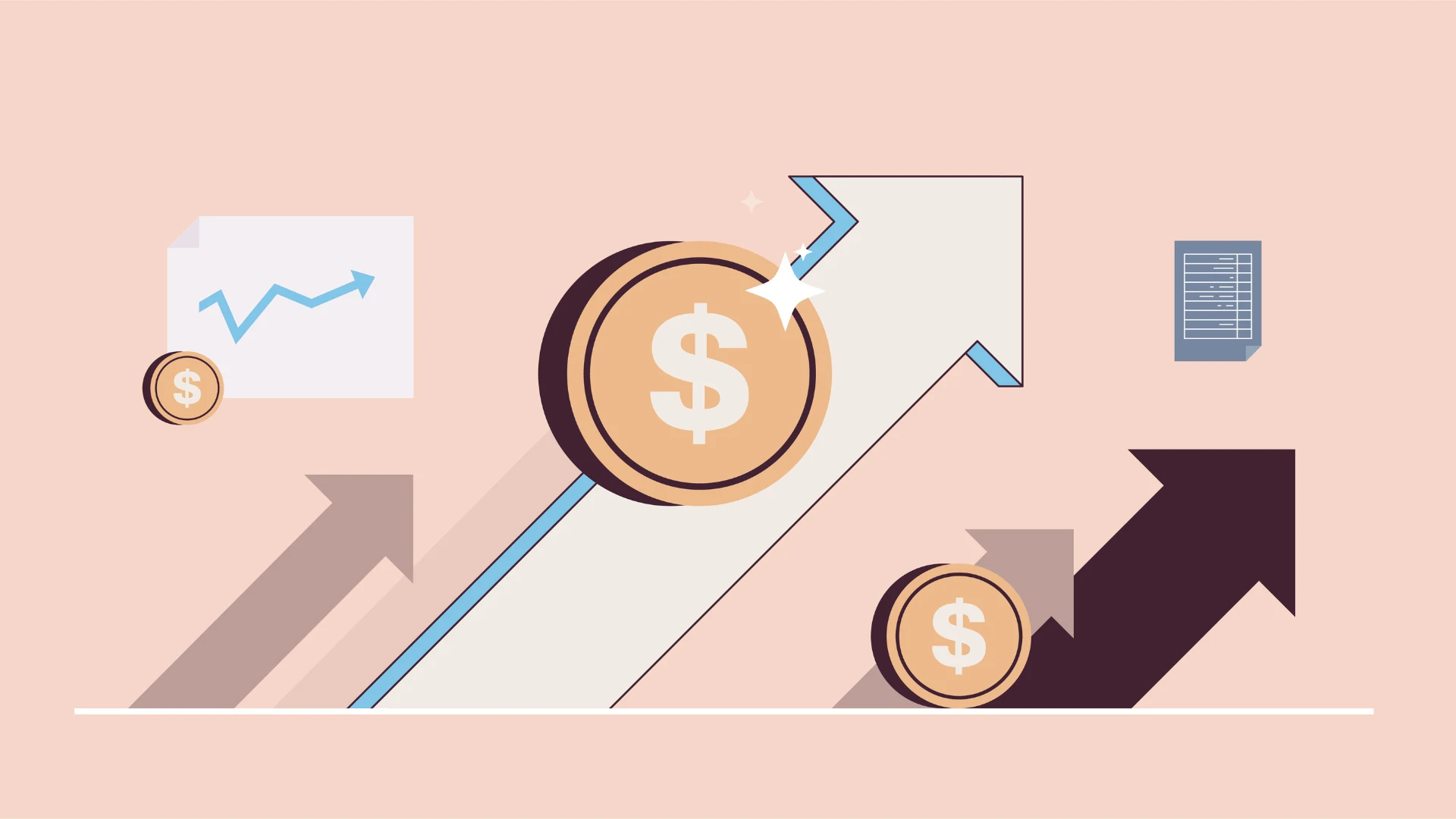
"But that same morning, a $900 charge for her GLP-1 prescription landed on her credit card. Whatever she was saving at the supermarket felt dwarfed by the cost of her medication. Drugs like Ozempic, Wegovy, Mounjaro, and Zepbound are being hailed as medical breakthroughs. They're not just changing waistlines-they're changing household budgets. And as these shifts ripple through everyday spending, the financial industry has an important role to play in helping people rethink, rebalance, and plan for this new reality."
"GLP-1s aren't cheap. Out-of-pocket, they run $500 to $1,300 a month. That's as much as a car payment, or a mortgage in some parts of the country. People using them are often reshuffling their budgets to afford the drugs. Many think about it like another utility bill: essential, non-negotiable, and something they can plan their whole month around. Still, users often find savings elsewhere: fewer restaurant meals, less alcohol, smaller grocery runs. Some even report that the math comes closer to breaking even than expected."
Michelle cut grocery spending from over $200 weekly to $87 by swapping snacks and alcohol for produce and lean proteins, yet a $900 GLP-1 prescription wiped out much of those savings. GLP-1 medications such as Ozempic, Wegovy, Mounjaro, and Zepbound cost $500–$1,300 monthly out-of-pocket, comparable to car payments or mortgages in some areas. Users commonly reshuffle budgets to afford them and treat the drugs like essential utility bills. Many offset costs with fewer restaurant meals, less alcohol, and smaller grocery runs. Weight loss spurs spending on clothing, fitness, and travel, but low-income households often cannot afford these medications.
Read at Fast Company
Unable to calculate read time
Collection
[
|
...
]